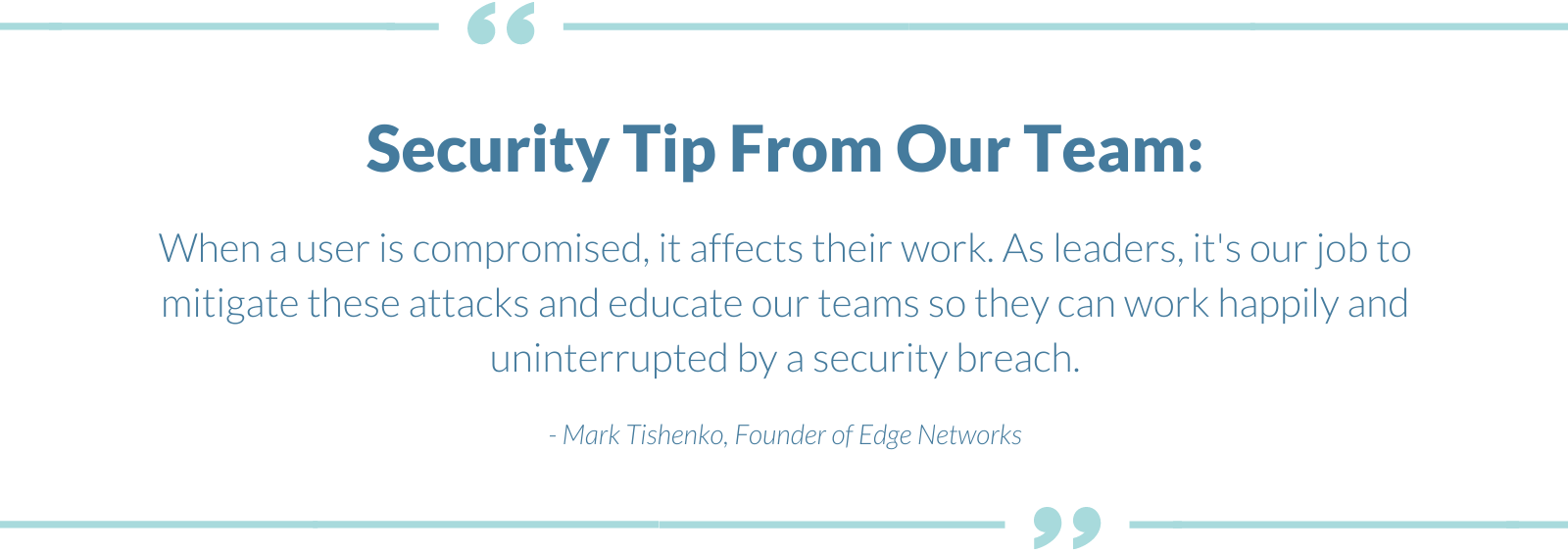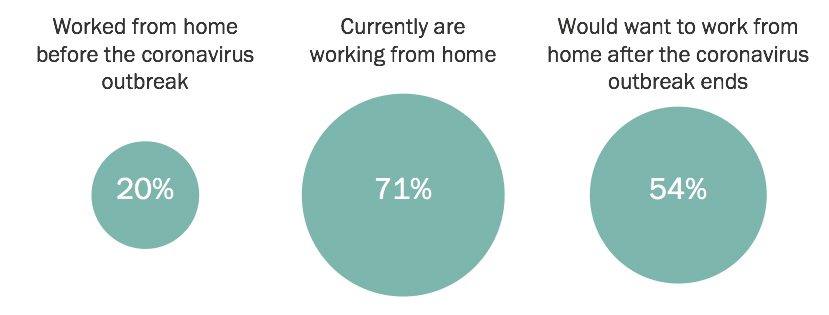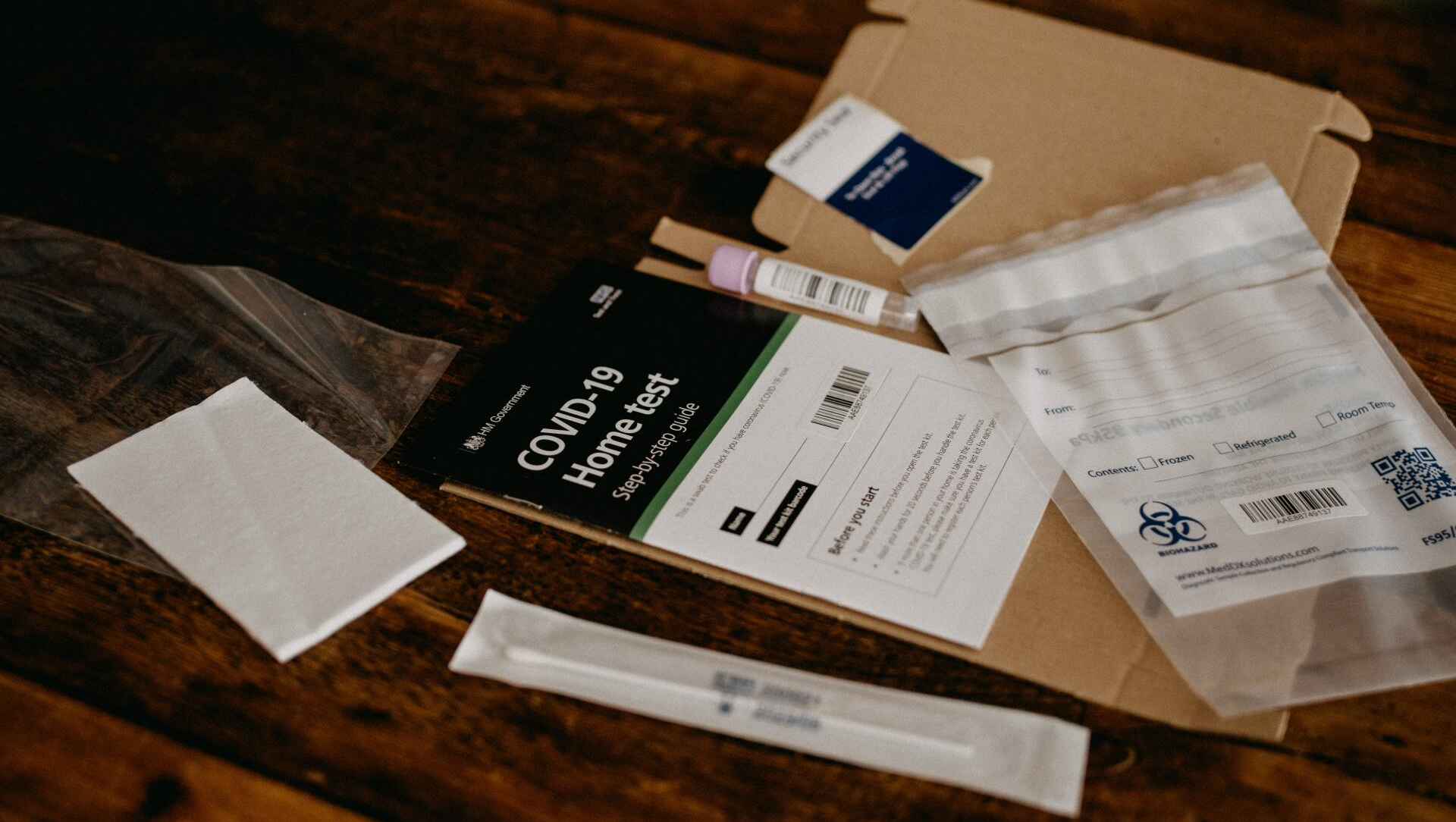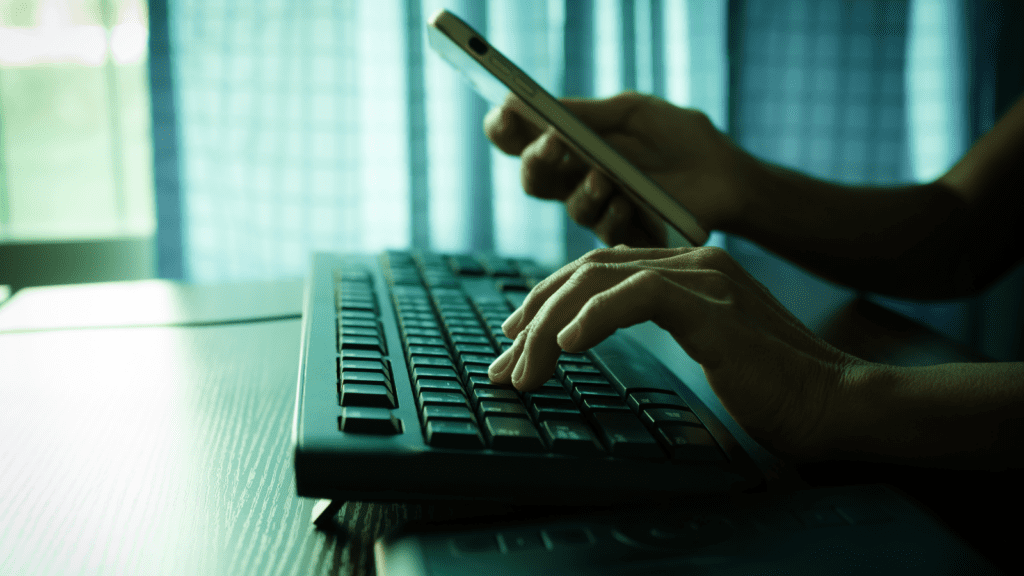Best Cybersecurity Practices for Your Employees as They Return to the Office during COVID-19
At long last, the COVID-19 pandemic seems to be slowing down, at least in the USA. Although millions of more people still need to be vaccinated, and there is a chance that the coronavirus will mutate and become dangerous once again, the next few months will likely continue to see a gradual lifting of pandemic restrictions. Some companies are already starting to ask their workers to return to the office. Even though many people are eager to get back to the way things were before the pandemic, office administrators and company executives need to consider several significant security measures as their workers return.
There are two primary security measures to keep in mind: digital security measures and pandemic security policies.
Security Measure #1: Remote Work and Digital Security Challenges
The COVID-19 pandemic caused a wide range of changes to the greater economy, but the most widespread of all was the sudden (and largely required) shift to remote work. According to Mimecast Limited , 71% of employees are currently working from home.
Although remote work will no longer be strictly necessary once the pandemic is fully over, many companies are considering allowing certain segments of their workforce to continue to work from home, at least on a part-time basis. But while remote work can be convenient and even more productive for certain employees, it also introduces unique security challenges.
VPNs and Antivirus
Remote Log-In Protocols
- Never leave a work laptop or computer unattended
- Never share workplace login info with anyone
- Don’t use public Wi-Fi with a work computer (even with a VPN)
- And so on.
These guidelines might seem like common sense for your responsible employees, but making them into companywide policies can protect your company in the event of legal trouble and help you to crack down on compliance if necessary.
Educating employees is essential for security; be sure to stay on top of current trends to help you avoid cyberattacks.
Have Cyber Hygiene Training Ready for Employees that Return to the Office
Security Measure #2: COVID-19 Concerns – How to Keep Employees Safe
Update Everyone on New Policies – Including Security Protocols – As They Return to the Office
Vaccination Requirements and Regular Tests
Social Distancing and Physical Barriers as Employees Return to the Office
Keep Health and Disinfectant Supplies Readily Available

Find the Right Balance Between Productivity and Security as Your Employees Return to the Office
COVID-19 has been challenging for us all, but things are starting to look up again. As we stick to secure practices and finish strong, we can reach the second half of 2021 healthier and more productive than ever before.
If you’d like to find out where you company stands in terms of cybersecurity, schedule a call with us or take our free, self-guided IT Security Risk Assessment.








